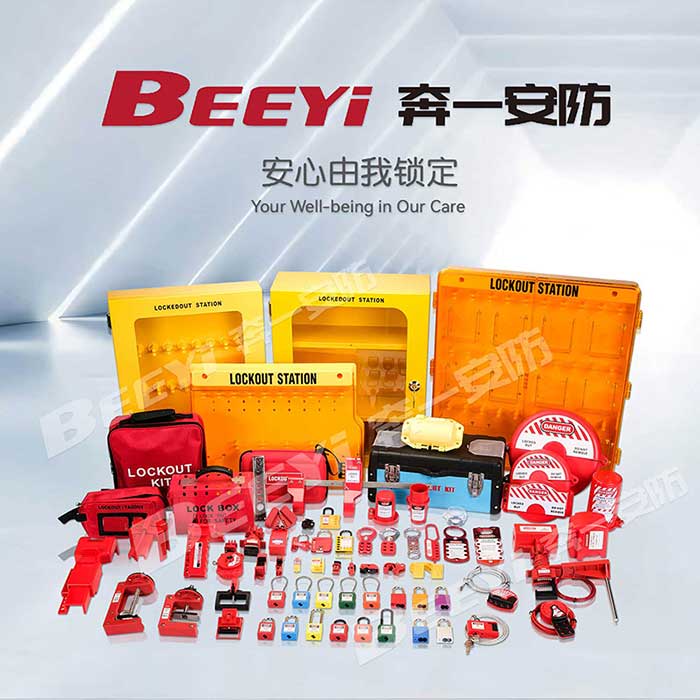pneumatic lockouts quotation: a comprehensive guide to ensuring safety in industrial systems
Release time:2025-10-25 15:23:03
In industrial environments, safety is always a primary concern. As such, pneumatic systems, which are frequently used to power machines and equipment, need to be properly controlled to ensure that operators are not exposed to unnecessary risks during maintenance or repair operations. One of the most effective ways to achieve this is through the use of pneumatic lockouts. These devices play a crucial role in preventing accidental system activation by isolating the pneumatic energy source during maintenance. This article aims to explain the importance of pneumatic lockouts, what should be considered in a pneumatic lockouts quotation, and how companies can make informed purchasing decisions.

Understanding Pneumatic Lockouts
Pneumatic lockouts are safety devices that are designed to isolate the flow of compressed air or gas from the pneumatic system, ensuring that the system cannot be accidentally activated during repair or maintenance work. These lockouts are typically used in conjunction with the Lockout/Tagout (LOTO) safety procedures to enhance the overall safety protocol of industrial operations.
These devices come in various forms depending on the nature of the machinery and the specific needs of the operation. Common types of pneumatic lockouts include valve lockouts, air compressor lockouts, and specialized fittings that fit over quick disconnects or air hoses. They are constructed from durable materials such as high-grade plastic, metal, or non-corrosive alloys to withstand the harsh conditions often found in industrial environments.

